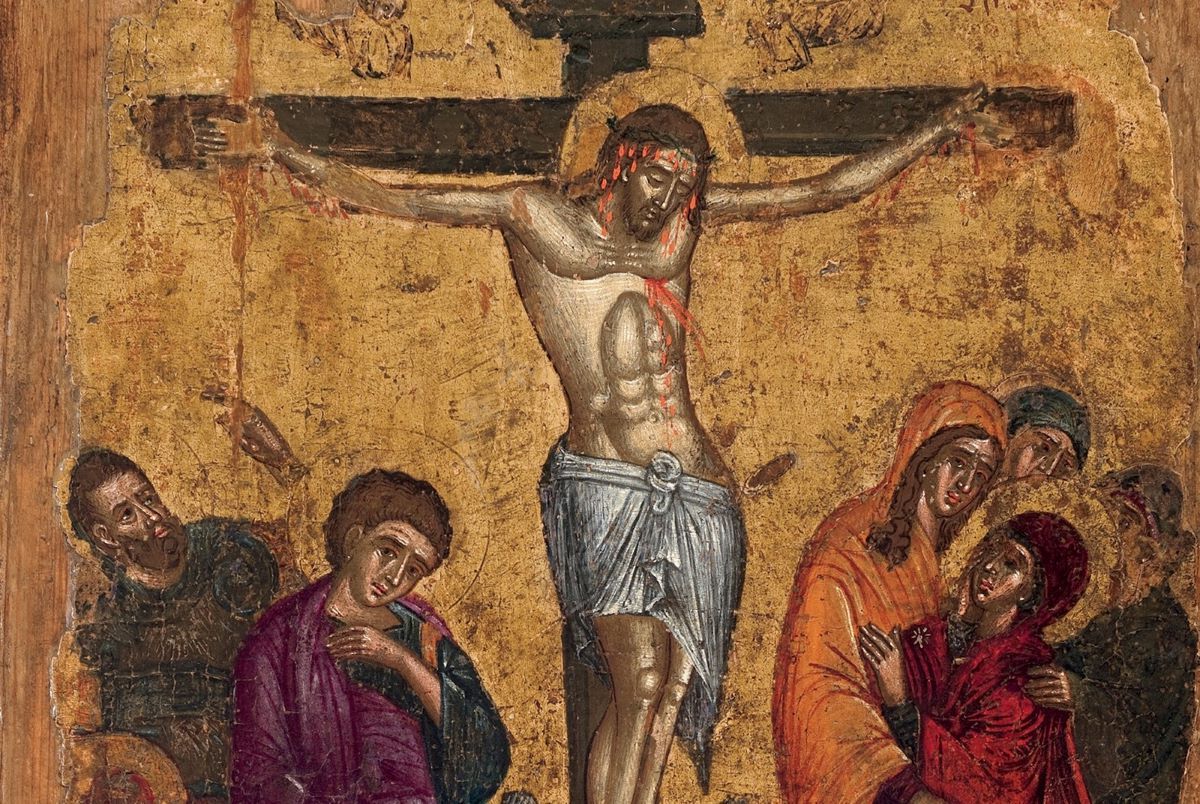
Atonement is a concept deeply woven into the fabric of many religious traditions, symbolizing the act of making amends for wrongs or sins. Whether through sacrifice, prayer, or good deeds, atonement seeks to restore balance and justice. In Christianity, Jesus Christ's crucifixion is viewed as the ultimate act of atonement, while Judaism emphasizes rituals like Yom Kippur. Islam focuses on repentance and good deeds to achieve atonement. This article will explore 45 key facts about atonement, shedding light on its historical roots, theological interpretations, and practical applications. Understanding these facets can offer valuable insights into how different cultures and faiths approach the process of making amends.
Understanding Atonement
Atonement is a concept deeply rooted in various religious traditions. It involves making amends for wrongs or sins, often through sacrifices or acts of repentance. Let's explore 45 key facts about atonement, shedding light on its historical, theological, and practical aspects.
-
Definition of Atonement
Atonement means making amends for a wrong or sin, often involving a sacrifice or payment to restore balance and justice. -
Historical Context
Ancient cultures practiced atonement through sacrifices to appease gods and restore balance. -
Christianity and Atonement
In Christianity, Jesus Christ's crucifixion and resurrection are seen as the ultimate act of atonement for humanity's sins. -
Judaism and Atonement
Judaism ties atonement to Yom Kippur, where sins are forgiven through rituals and offerings. -
Islam and Atonement
In Islam, atonement is achieved through good deeds and seeking forgiveness from Allah, emphasizing repentance (tawbah).
Theological Interpretations
Different faiths have unique theological interpretations of atonement. These interpretations shape how believers understand and practice atonement.
-
Penal Substitution Theory
Some Christians believe Jesus took humanity's punishment upon Himself. -
Relational Understanding
Other theologians focus on restoring the relationship between God and humanity. -
Teshuvah in Judaism
Teshuvah, or repentance, is crucial in Judaism for seeking forgiveness. -
Tawbah in Islam
Tawbah involves seeking forgiveness and striving to live a righteous life. -
Restorative Justice
Atonement can be seen as restorative justice, focusing on repairing harm and restoring relationships.
Practical Applications
Atonement isn't just a theological concept; it has practical applications in daily life and community practices.
-
Personal Rituals
Individuals may seek atonement through personal rituals or acts of service. -
Community Acts
Communities may perform collective acts of repentance and forgiveness. -
Symbolism in Atonement
Symbols like the cross in Christianity and animal sacrifices in Judaism play significant roles. -
Role of Sacrifice
Sacrifice, whether animal or personal, is fundamental in many traditions. -
Forgiveness and Mercy
Forgiveness and mercy are essential components, allowing for redemption and restoration.
Cultural Variations
Atonement practices vary widely across different cultures, reflecting unique customs and beliefs.
-
Family Honor
Some cultures emphasize family honor and reputation in making amends. -
Psychological Impact
Making amends can lead to emotional healing and a sense of closure. -
Historical Examples
Ancient Jewish practices and Christian observances like Good Friday are historical examples. -
Cultural Sensitivity
Understanding and respecting different customs is crucial when approaching atonement. -
Educational Value
Studying atonement helps appreciate its complexities and significance.
Rituals and Practices
Rituals and practices related to atonement are diverse and rich in symbolism.
-
Kol Nidre Prayer
In Judaism, the Kol Nidre prayer on Yom Kippur expresses remorse for past transgressions. -
Lord's Prayer
Christians often use the Lord's Prayer to seek forgiveness. -
Fasting During Lent
Fasting during Lent symbolizes sacrifice and self-denial for spiritual growth. -
Reconciliation Circles
Restorative practices like reconciliation circles facilitate atonement. -
Educational Programs
Programs teaching about atonement provide comprehensive understanding.
Interfaith Dialogue
Engaging in interfaith dialogue enhances understanding of atonement across different faiths.
-
Learning from Others
Open discussions allow individuals to learn from diverse perspectives. -
Promoting Empathy
Interfaith dialogue fosters empathy and cooperation. -
Respecting Customs
Respecting unique customs and practices is essential for meaningful dialogue. -
Cultural Competence
Cultural competence helps avoid misunderstandings or misinterpretations. -
Community Healing
Collective acts of repentance and forgiveness promote community healing.
Theological Debates
Theological debates about atonement continue to evolve, reflecting new perspectives and interpretations.
-
Modern Theologians
Modern theologians often emphasize relational aspects of redemption. -
Scriptural Analysis
Examining sacred texts provides deeper understanding of atonement. -
Historical Contextualization
Understanding historical practices and developments enriches comprehension. -
Restorative Justice Models
Restorative justice models align closely with atonement by focusing on repairing harm. -
Psychological Support
Individuals seeking atonement may need guidance from mental health professionals.
Symbolic Acts
Symbolic acts of atonement can be powerful tools for healing and restoration.
-
Fasting During Lent
Fasting symbolizes sacrifice and self-denial for spiritual growth. -
Animal Sacrifices
In ancient Judaism, animal sacrifices symbolized life and purity lost due to sin. -
Cross in Christianity
The cross symbolizes Jesus' ultimate act of atonement. -
Kol Nidre Prayer
The Kol Nidre prayer expresses remorse for past transgressions. -
Good Friday Observance
Christians observe Good Friday as a day of mourning and reflection.
Educational Value
Understanding atonement provides valuable insights into making amends and seeking redemption.
-
Historical and Theological Perspectives
Studying these perspectives helps appreciate the complexities involved. -
Interfaith Education
Promoting understanding and respect among different faiths is crucial. -
Cultural Competence
Respecting unique customs and practices avoids misunderstandings. -
Psychological Healing
Acknowledging past mistakes and making amends leads to emotional healing. -
Community Support
Collective acts of repentance and forgiveness provide a sense of belonging and healing.
Understanding Atonement
Atonement is a complex yet essential concept in many religious traditions. It involves making amends for wrongs, often through sacrifices or acts of repentance. In Christianity, Jesus' crucifixion is seen as the ultimate atonement for humanity's sins. Judaism emphasizes rituals like Yom Kippur and the concept of teshuvah, while Islam focuses on good deeds and seeking forgiveness through tawbah.
Theological interpretations vary, but the core idea remains the same: restoring balance and justice. Atonement isn't just about individual actions; it also involves community efforts and collective healing. Symbols, rituals, and sacrifices play significant roles in this process.
Understanding atonement helps us appreciate the depth of human efforts to seek forgiveness and make things right. By embracing these practices, we can foster empathy, healing, and stronger community bonds.
Was this page helpful?
Our commitment to delivering trustworthy and engaging content is at the heart of what we do. Each fact on our site is contributed by real users like you, bringing a wealth of diverse insights and information. To ensure the highest standards of accuracy and reliability, our dedicated editors meticulously review each submission. This process guarantees that the facts we share are not only fascinating but also credible. Trust in our commitment to quality and authenticity as you explore and learn with us.


